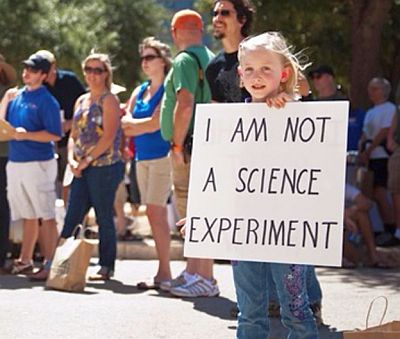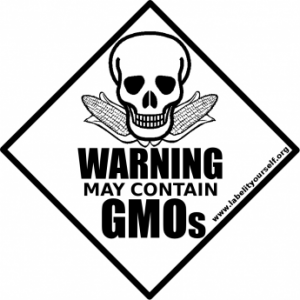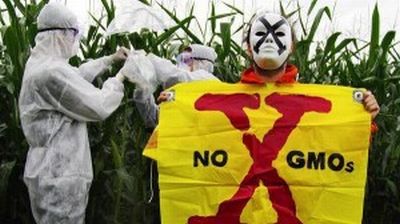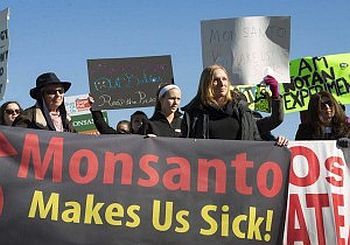 Sayer Ji – Without much more than a whisper from the mainstream media, Monsanto’s newest Frankenfood has received full EPA approval and will be arriving on dinner plates by the end of the decade. The implications of this are harrowing, to say the least.
Sayer Ji – Without much more than a whisper from the mainstream media, Monsanto’s newest Frankenfood has received full EPA approval and will be arriving on dinner plates by the end of the decade. The implications of this are harrowing, to say the least.
While you may not have made up your mind on the dangers of GMOs, you likely feel entitled to know when you’re consuming a food that is the product of laboratory research. For this reason, I am reporting on Monsanto’s latest food technology, unfortunately, already in the pipeline. And quite silently so. I write this with a certain degree of solemnity, if not also a tinge of regret, because, for three years, I have heard rumblings of Monsanto’s next project – RNA interference technology.
It was actually the late Heidi Stevenson, my friend, colleague, and founder of the platform Gaia Health, who first alerted me to the dangers of RNA interference-based tinkering with our food supply when she reported on the near disastrous approval of GMO wheat using RNA interference technology in Australia. Thankfully a few brave scientists and informed public stood up and, together, averted the disaster. But since then, both the dangers and the breakneck speed of development of this technology have gone largely ignored, even among activists deep in the non-GMO movement. Continue reading

 You’d think the major media would dutifully parrot every NAS pronouncement. And with few exceptions, you’d be right.
You’d think the major media would dutifully parrot every NAS pronouncement. And with few exceptions, you’d be right. Ethan A. Huff – The clock is ticking ever closer towards a much anticipated end for the world’s biotech moguls. These corporate criminals are now being forced to watch their entire corrupt business model unravel, as country after country bans the cultivation of genetically-modified organisms (GMOs) – a synthetic crop cultivation technology that’s been shown scientifically to harm humans, animals and the environment.
Ethan A. Huff – The clock is ticking ever closer towards a much anticipated end for the world’s biotech moguls. These corporate criminals are now being forced to watch their entire corrupt business model unravel, as country after country bans the cultivation of genetically-modified organisms (GMOs) – a synthetic crop cultivation technology that’s been shown scientifically to harm humans, animals and the environment. Dr. Joseph Mercola – In March 2015, the International Agency for Research on Cancer (IARC), which is the research arm of the World Health Organization (WHO), determined glyphosate, the active ingredient in Monsanto’s Roundup herbicide, to be a “probable carcinogen” (Class 2A).
Dr. Joseph Mercola – In March 2015, the International Agency for Research on Cancer (IARC), which is the research arm of the World Health Organization (WHO), determined glyphosate, the active ingredient in Monsanto’s Roundup herbicide, to be a “probable carcinogen” (Class 2A). Christina Sarich – The U.S. Food and Drug Administration just approved the sale of genetically modified salmon – the first GM animal allowed on the market.
Christina Sarich – The U.S. Food and Drug Administration just approved the sale of genetically modified salmon – the first GM animal allowed on the market.